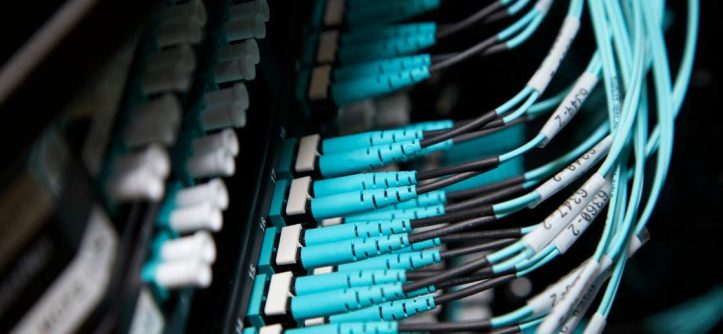In today’s digital world, data travels at lightning-fast speeds through wires, powering everything from the internet to our smartphones. But have you ever wondered how exactly this data travels through these tiny wires? In this article, we’ll explore the inner workings of data transmission and how it travels through wires.
Introduction to Data Transmission
Data transmission is the process of sending and receiving information over a distance through electrical, optical, or electromagnetic signals. In the case of wires, data is transmitted through the flow of electrons.
Wires are made of conductive materials such as copper or aluminum, which allow for the easy flow of electrons. The wires are then coated in insulation material to prevent any interference or short-circuiting.
The Three Components of Data Transmission
Data transmission consists of three main components: the transmitter, the medium, and the receiver.
The Transmitter: The transmitter is the device that sends the data through the medium, such as wires. This device converts the data into a signal that can be transmitted through the medium.
The Medium: The medium is the physical material that carries the signal, such as the wires. The medium can be wired, wireless, or fiber optic.
The Receiver: The receiver is the device that receives the signal and converts it back into the original data format. This device is typically located at the end of the medium, such as a computer or smartphone.
The Process of Data Transmission
Now that we understand the components of data transmission let’s dive into how data actually travels through wires.
Encoding the Data
Before data can be transmitted through wires, it needs to be encoded into a format that can be transmitted as an electrical signal. This encoding process typically involves converting the data into binary code, a series of ones and zeros.
Converting the Data into a Signal
Once the data is encoded, it needs to be converted into a signal that can be transmitted through the wires. This process involves modulating a carrier signal, which is a high-frequency waveform, with the encoded data.
Transmitting the Signal
The modulated carrier signal is then transmitted through the wires. The signal travels at the speed of light but is slowed down by the resistance of the wires. This is why longer wires tend to have slower transmission speeds.
Receiving the Signal
At the end of the wires, the receiver device detects the modulated carrier signal and demodulates it to extract the encoded data. The receiver then decodes the binary code and converts it back into its original format.
FAQs
How fast does data travel through wires?
Data travels through wires at near-light speed, which is approximately 299,792,458 meters per second. However, the speed of data transmission can be affected by various factors, such as the length and thickness of the wires, the voltage, and the resistance of the medium.
What are the benefits of transmitting data through wires?
One of the main benefits of transmitting data through wires is its reliability. Wires provide a stable and secure medium for data transmission, as they are less susceptible to interference from external sources. Additionally, wires can transmit data over longer distances without losing signal strength, making them ideal for long-distance communications.
How does data travel through different types of wires?
Data can travel through different types of wires, such as copper, aluminum, and fiber optic wires. Copper and aluminum wires transmit data through the flow of electrons, whereas fiber optic wires transmit data through the use of light. Fiber optic wires have the advantage of being faster and more secure than traditional copper wires, as they are less prone to interference and can transmit data over longer distances without signal loss.
Conclusion
Data transmission through wires is a complex process that involves multiple components and steps. Understanding how data travels through wires is essential to understanding the technology that powers our modern world. From sending emails to streaming movies, data transmission through wires plays a crucial role in our daily lives.
Tags: Data Transmission, Electromagnetic Signals, Encoding Process, Transmission Speeds




Leave a Reply